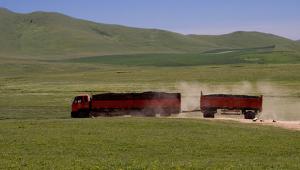Government at a Glance 2017 confirms that, despite financial consolidation, public spending averaged 40.9% of GDP in 2015, compared with 38.8% in 2007, before the crisis.
The average number of government jobs as a share of total employment has also risen, up from 17.9% in 2007 to 18.1% in 2015.
However, the biennial survey reveals important variations in public spending as a share of GDP.
France (56.5%), Finland (56.1%) and Denmark (53.6%) are the highest. Spending is lowest in Mexico (24.5%), Ireland (29.5%) and Korea (32.4%).
The share of government employment decreased the most in the UK and Israel between 2007-15, and rose the most in the Czech Republic, Estonia, Hungary, Slovenia and Spain.
Public confidence in national governments – down from 45% to 42% of citizens since the financial crisis – is lowest in countries affected by austerity measures.
The report notes that public debt remains persistently high across OECD countries, averaging 112% of GDP in 2015, compared with 72.9% in 2007.
However the average fiscal deficit has shrunk, from 8.4% of GDP in 2009 to 2.8% in 2015.
Despite low interest rates, there has been a steady decline in public investment, from 9.3% of spending in 2009 to 7.7% in 2015. The OECD argues that member countries should seek to correct this.
Government at a Glance points to progress in budgeting and performance frameworks, with a growing proportion of countries using spending reviews to control expenditure.
Three quarters of OECD countries have also improved their financial reporting by moving away from cash to accrual accounting.













